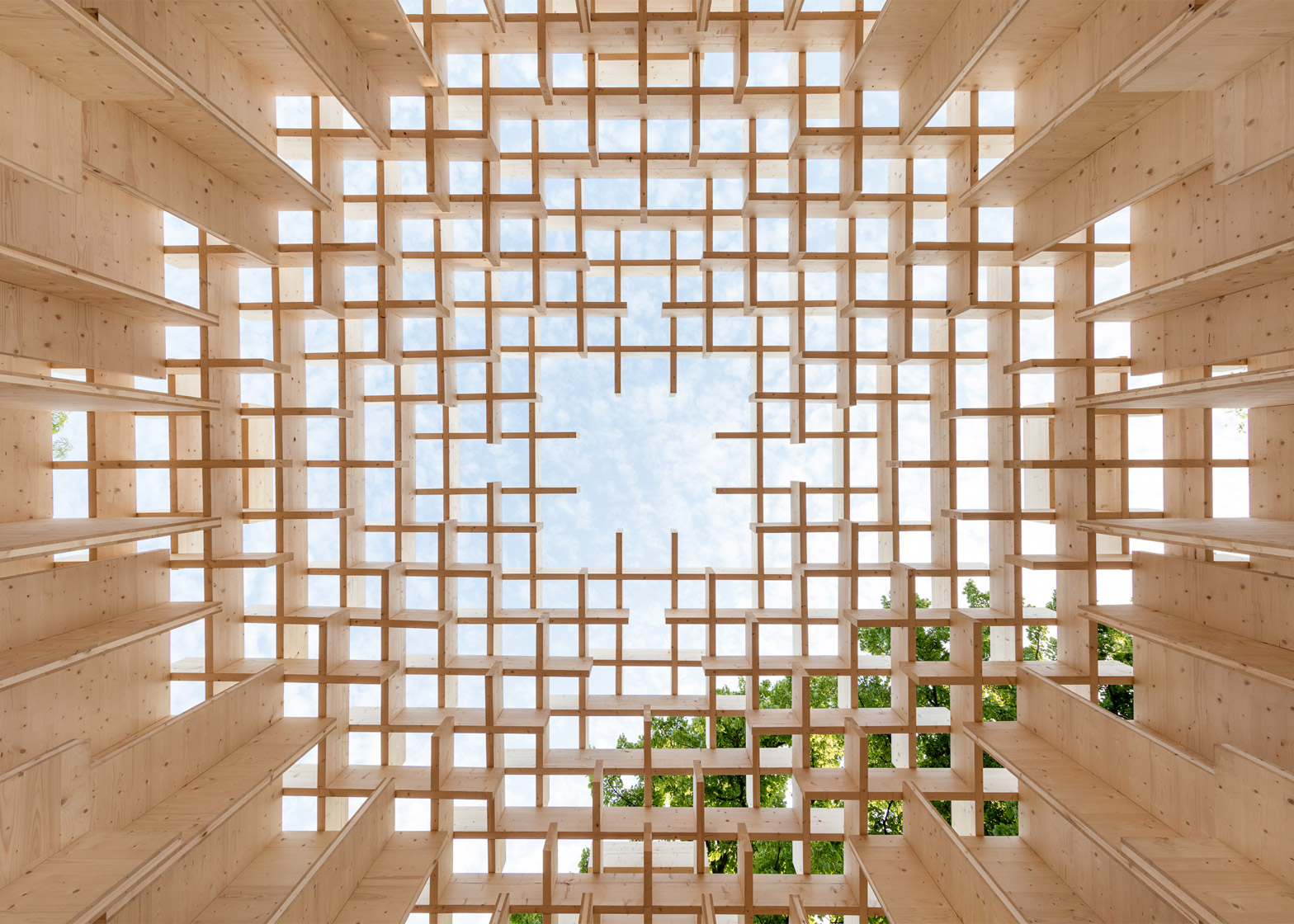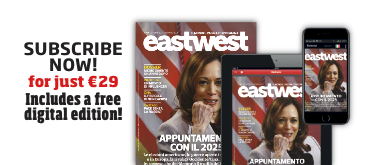The Swedish architecture at the center of the exhibition in Venice
The urban sustainability has always been the Swedish business card and is also the theme of "The Forests of Venice" (the side event of the Fifteenth International Architecture Exhibition at the Venice Biennale of 2016) that promotes the interaction between nature and urban environment. "The Forests of Venice" was made possible due to the initiative of the study "Kjellander + Sjöberg and Folkhem" with the Swedish Institute's support. Jan Åman was the exhibition curator, while Swedish Wood, Sveaskog and Martinsons have contributed to the project.


The urban sustainability has always been the Swedish business card and is also the theme of “The Forests of Venice” (the side event of the Fifteenth International Architecture Exhibition at the Venice Biennale of 2016) that promotes the interaction between nature and urban environment. “The Forests of Venice” was made possible due to the initiative of the study “Kjellander + Sjöberg and Folkhem” with the Swedish Institute’s support. Jan Åman was the exhibition curator, while Swedish Wood, Sveaskog and Martinsons have contributed to the project.
In a greenhouse built in 1894, between the two main venues of the “Venice Biennale” (the Gardens and the Arsenal) the exhibition offers an introduction to urban planning, while the climate change is challenging the coastal cities in a variety of geographical environments. Venice, because of its location, has been described by the organizers as “an utopia come true, where the founders have had to use the innovations of their time to build the city in the middle of the water”.
This content if for our subscribers
Subscribe for 1 year and gain unlimited access to all content on eastwest.eu plus both the digital and the hard copy of the geopolitical magazine
Gain 1 year of unlimited access to only the website and digital magazine



